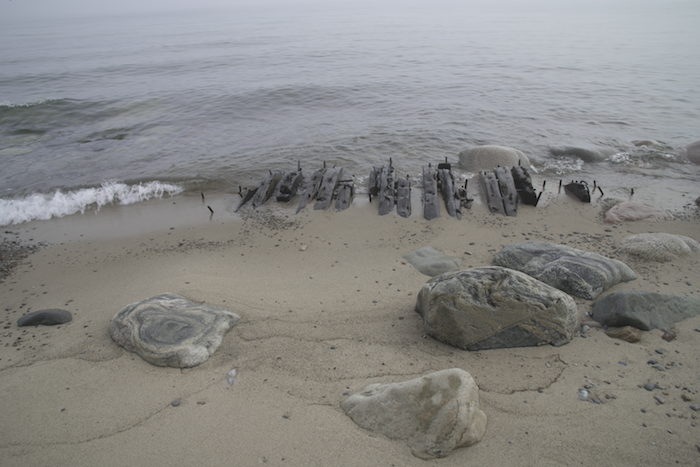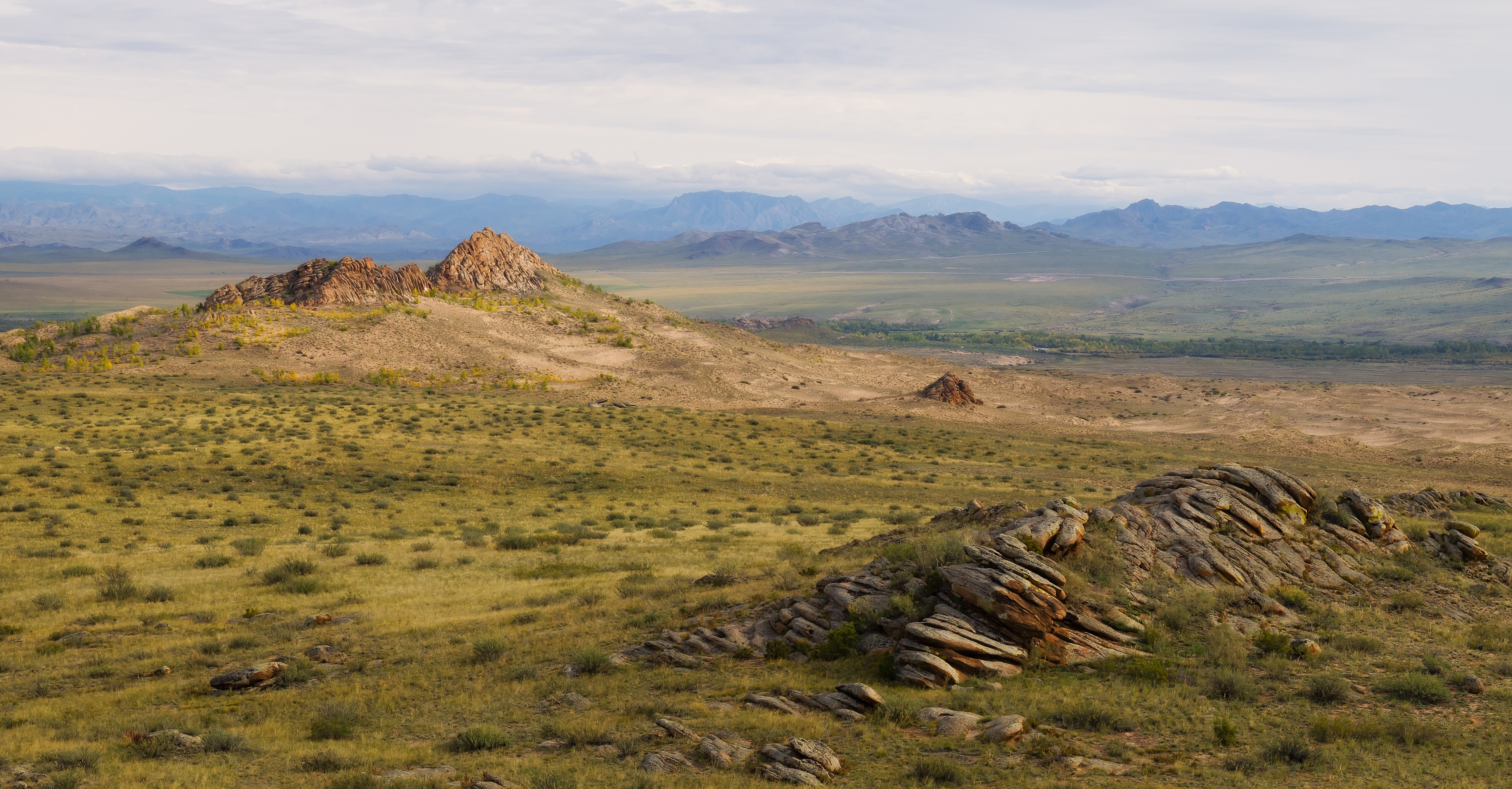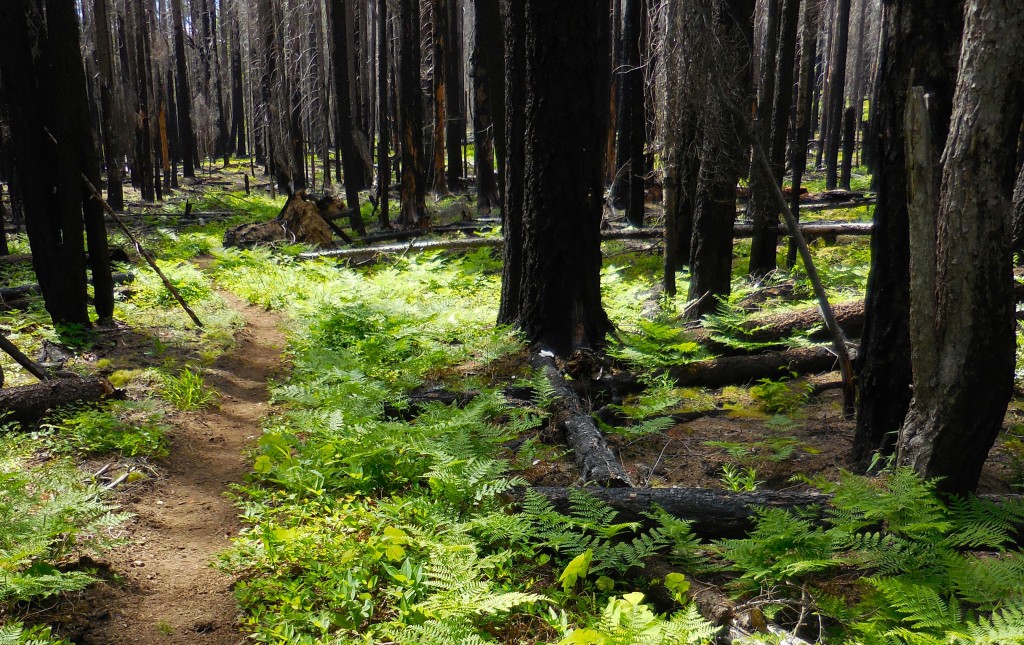
Shipwreck at Pictured Rocks. Photo: Steve Brimm Photography.
Editor’s Note: Composer Libby Meyer, a member of the Landscape Music Composers Network, writes her first essay for Landscape Music about her NEA-funded project “Listening to Parks.”
Apostle Islands Rain in a Pressure Cooker. Recording by Libby Meyer.
I found myself in a tent during a thunderstorm on Ironwood Island in the Apostle Islands National Lakeshore on a Thursday evening in August eating rice and beans with my husband and recording the sound of rain falling into my pressure cooker with a hydrophone. That evening, we would later find out, a young man had drowned in 8-foot waves off of Stockton Island about ten miles east of our campsite. We had listened to the rescue attempt on our marine radio: helicopters in the background and reports of sightings. We learned from a ranger, who had come to clean the outhouse on Otter Island where we camped the next day, that his body had been found. While we were listening to rain and enjoying our dinner, safe and warm in our tent, someone was losing his life. Vulnerability is relative.
* * *
“We have work to do.”
Four months earlier, a late night text from my colleague and sound designer, Chris Plummer, announced that we—along with designer Kent Cyr—were awarded a grant from the National Endowment for the Arts as part of the National Park Service Program Imagine Your Parks. My initial reaction was one of elation. This was quickly followed by something closer to panic: “Now we really have to do this.”
For our project, entitled “Listening to Parks,” we are recording soundscapes at Isle Royale National Park, The Apostle Islands National Lakeshore and the Keweenaw National Historical Park (KNHP). I will be composing a piece based on these recordings and my impressions of the Parks to be premiered by the Keweenaw Symphony Orchestra in December 2017. Our team will design a multi-media sound installation utilizing collected images, music, video, and audio recordings, which will tour to locations in Michigan, Wisconsin and Minnesota. We will work with with K-12 students and teachers in our region, utilizing our project to promote enjoyment, stewardship, and lifelong learning through the National Parks. In addition to our funding from the NEA, we were subsequently awarded funding from the National Parks of Lake Superior Foundation to include another two national parks on Lake Superior: Pictured Rocks National Lake Shore and Grand Portage National Monument. Continue reading



